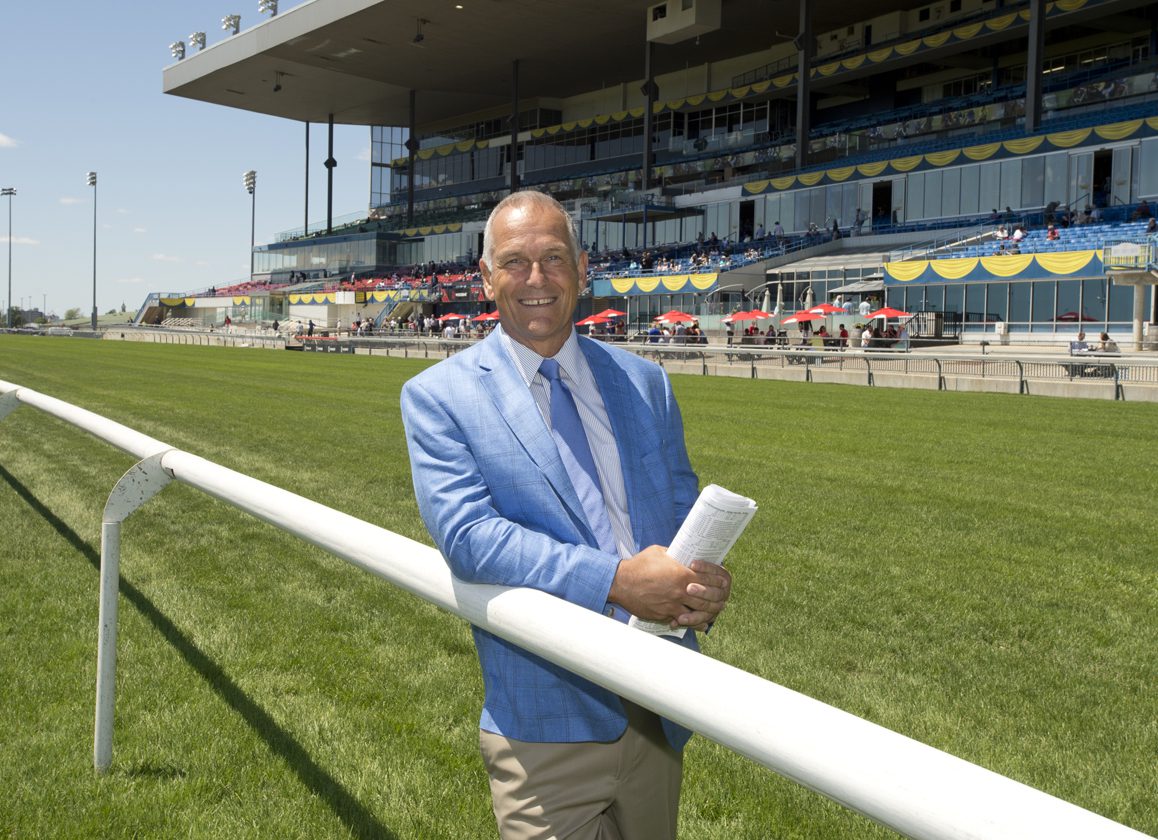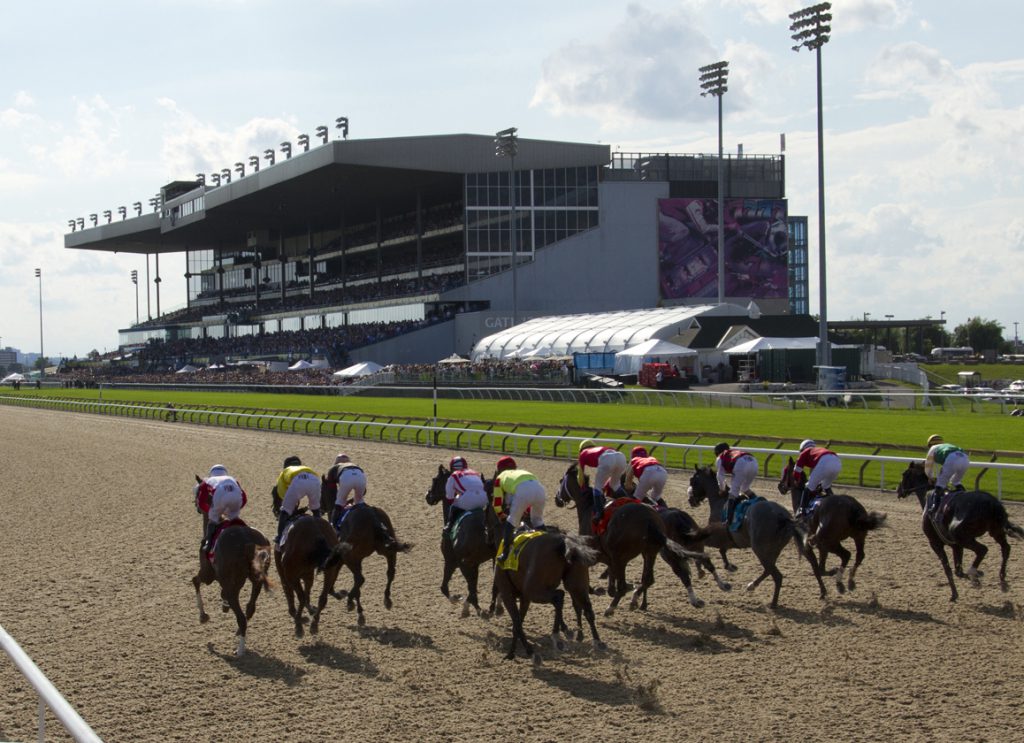By Bill Finley
When it comes to breakdowns, the Tapeta surface at Woodbine isn't perfect. But it might be as close to perfect as any surface on the continent.
While horses throughout North America broke down on the dirt at a rate of 1.44 per 1,000 starts in 2022, the rate of breakdowns over the synthetic surface at Woodbine was 0.42. This year, after about 4,500 starts over Tapeta there have been only two fatalities during races. Also, there have been about 14,000 published workouts over Woodbine's synthetic tracks and only two fatalities there.
Woodbine CEO Jim Lawson is proud of those numbers, but not surprised.
“The statistics don't lie,” Lawson said.
Lawson, like most in the industry, has grown gravely concerned about the many high-profile breakdowns that have occurred this year in racing and believes that the sport must do something to combat the problem. Does that mean a massive shift from dirt surfaces to synthetic surfaces? While he is hesitant to tell someone else how to run their racetrack, he's not shy about telling Woodbine's story.
Woodbine replaced its dirt track with a Polytrack synthetic surface in 2006. By 2016, there was a need for a new racing surface and Lawson said he was under intense pressure to go back to dirt.
“I was under a lot of pressure and was attacked for considering that we go with Tapeta,” he said. “We wanted to be transparent about it, so we polled all our horsepeople. There was maybe a slight preference for Tapeta, but the people who were advocates of going back to dirt were nasty about it. I can't describe it any other way. We did the right thing when we moved to Tapeta.”
The Tapeta surface has consistently been one of the safest tracks in North America.
“It's come time for the industry to take a harder, more honest look at what's going on,” Lawson said. “As an industry, we are in a difficult position. The industry seriously needs to consider a change.”
An owner and breeder before he got involved in management at Woodbine, Lawson is well versed in dirt racing. He said that changing weather conditions make it difficult to maintain consistency on dirt tracks and that inconsistent tracks can be unsafe tracks. That was particularly an issue in Canada, where the early spring and late fall can be include a lot of nasty weather.
“A dirt surface is very good as long as the conditions are perfect and it's well maintained,” he said. “These major tracks, they do a good job. But they are dealt the hand they are dealt. You get cold weather and moisture and have to deal with drying out tracks. It's just not the same when it comes to consistency. Inconsistency with dirt surface is what is causing a lot of the problems. That's what we saw in California when they had their problems. It was watery on top, hard underneath. Or you would have a drying out track that would get lumps. It's much easier to keep a synthetic track, especially when you factor in weather, consistent and safer for the horses.”
Lawson has heard all the arguments made for sticking with dirt, namely that switching to synthetics would cause an upheaval in the breeding industry. He's not buying it.
“When we were deciding whether to go to Tapeta or back to dirt, I kept hearing that these stallions, particularly traditional dirt stallions in Kentucky, would be affected,” he said. “I have never seen any evidence that horses by high-end stallions won't do just as well on the Tapeta. Most horses like the Tapeta, regardless of who their sire is. It's the rare horse that doesn't like Tapeta. I have never bought this argument that it is somehow going to change the breed if we as an industry move significantly toward synthetic surfaces. I don't think anymore than 10 or 15 percent of the horses don't like Tapeta.”
The Breeders' Cup has been run once at Woodbine, in 1996 when the main track was dirt. Though the Woodbine facility is a good fit for the event, it has not come back since and Lawson is among those who believe one of the reasons is that the Breeders' Cup team does not want to upend things by switching its traditional dirt races to synthetics.
“I quietly campaigned a couple of years ago to have the Breeders' Cup take a hard look at Woodbine again because of our turf courses and our synthetic track,” he said. “I thought they could make a statement that this is potentially the future of the industry.” He has not given up on having the event return to Toronto.
“I think that it would be a bold statement to move the Breeders' Cup to Woodbine at some point,” he said. “For there to be meaningful change, it's going to take someone to step up. I would love to see them give Woodbine another chance at the Breeders' Cup. That's not me campaigning for the Breeders. Cup. I think the industry needs to recognize it has a serious problem and that this is a way to address this issue.”
Not a subscriber? Click here to sign up for the daily PDF or alerts.







